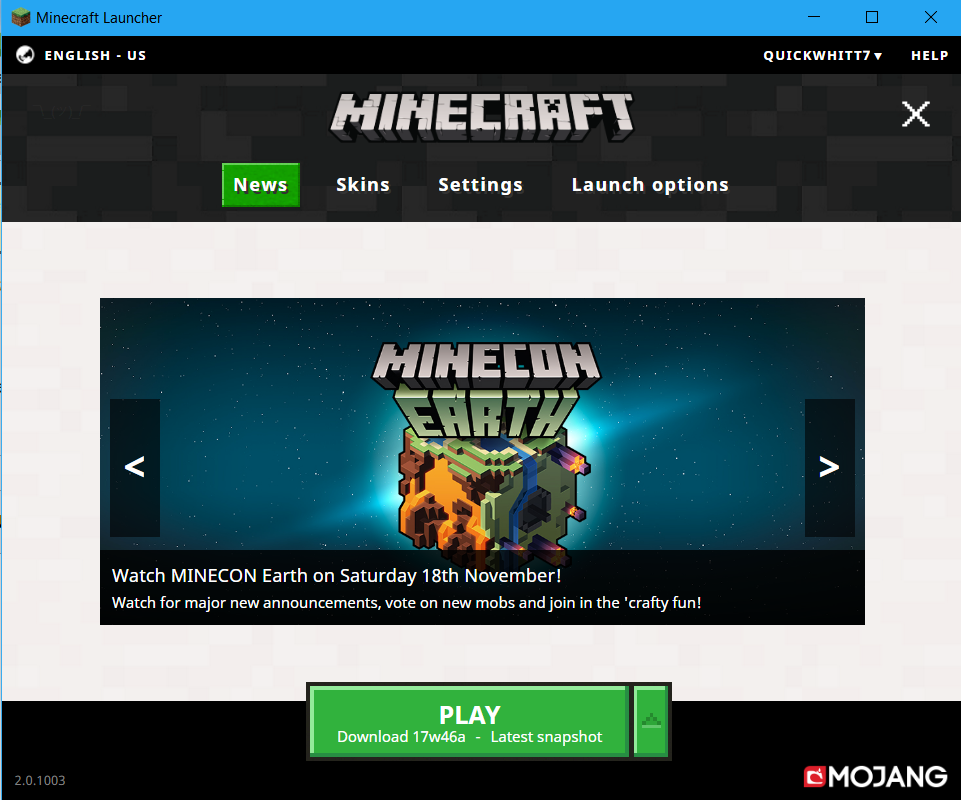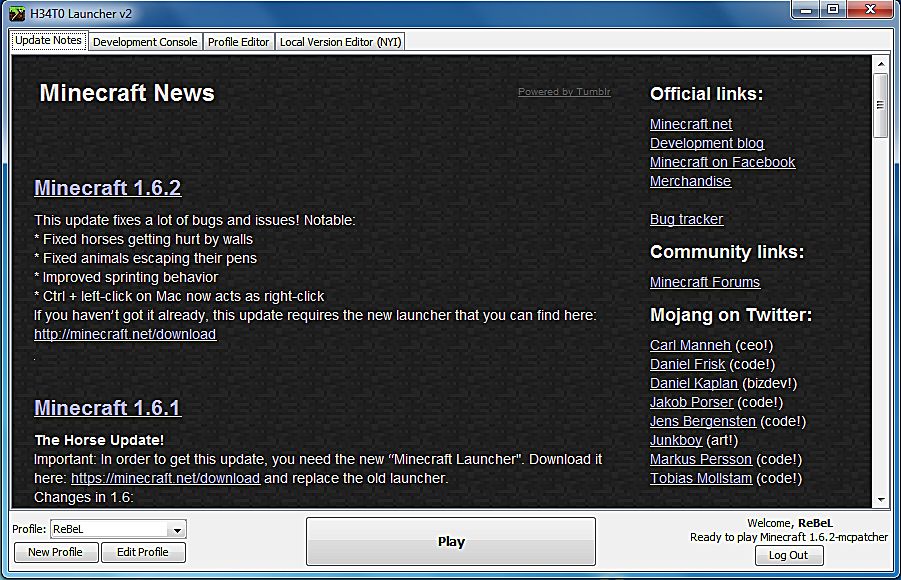

Runnable JARs need a Manifest that indicates the main class to use. tProperty("", System.getProperty("user.dir") + "natives") ĬlassLoader = URLClassLoader.newInstance(new URL) ĬlassLoader.loadClass("2").newInstance() Program will exit" (this is on the console, I want to be able to double click the JAR and have it launch) File file = new File(System.getProperty("user.dir") + "/lessur.jar") I'm currently trying to replicate the functionality, however, when I export as a runnable JAR in Eclipse, when I try launch it, it prints "Could not find main class launcher.jar. The Minecraft launcher doesn't need any external Java libraries to run either. If it is not present on the system, it downloads it.

Then, after logging in, the launcher then runs the main Minecraft core, minecraft.jar. When the launcher is started, it displays a login screen with news etc. The user can download a JAR (Or a JAR packaged into an EXE), which has absolutely no code for the Minecraft client at all.

Inside this folder should be the jar file you're looking for.If you have never played Minecraft, then this is how the mechanics of the launcher work. Open it and look for a folder with the same name as the Minecraft version you are looking for in your case, it will be named "1.7.4". There should be a folder labeled "versions", which is what we're going after. minecraft folder should be located here open it. Note that AppData is a hidden folder, so enable "Show hidden folders" if you don't already have it enabled. Alternately, navigate to it manually by going to: "C:/Users//AppData/Roaming". The first result should be the right folder. Assuming you're running Windows 7, open the file browser and search for "%appdata%". jar and dats file for a certain version of Minecraft.įirst off, navigate to the AppData folder where the Minecraft files are located. Basically, the game uses a folder containing multiple other folders, each of these containing a. Seeing as you can have multiple "profiles" in the newer launcher, and that they can have different versions, one might ask: How might they manage all these different versions? It's actually quite simple if you think about it. So, we're talking about a version of Minecraft newer than 1.5, which means that the game organizes its files slightly differently.


 0 kommentar(er)
0 kommentar(er)
